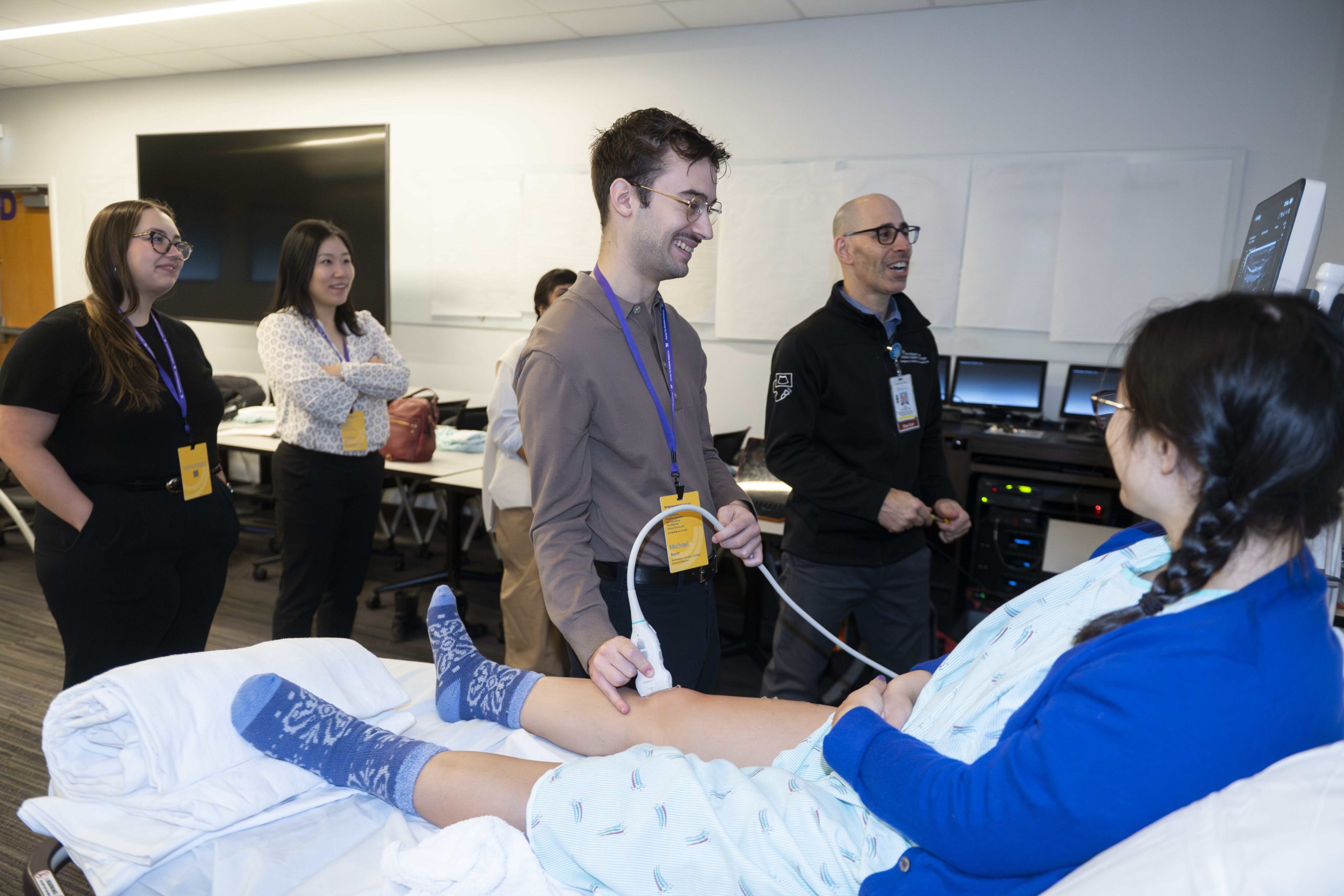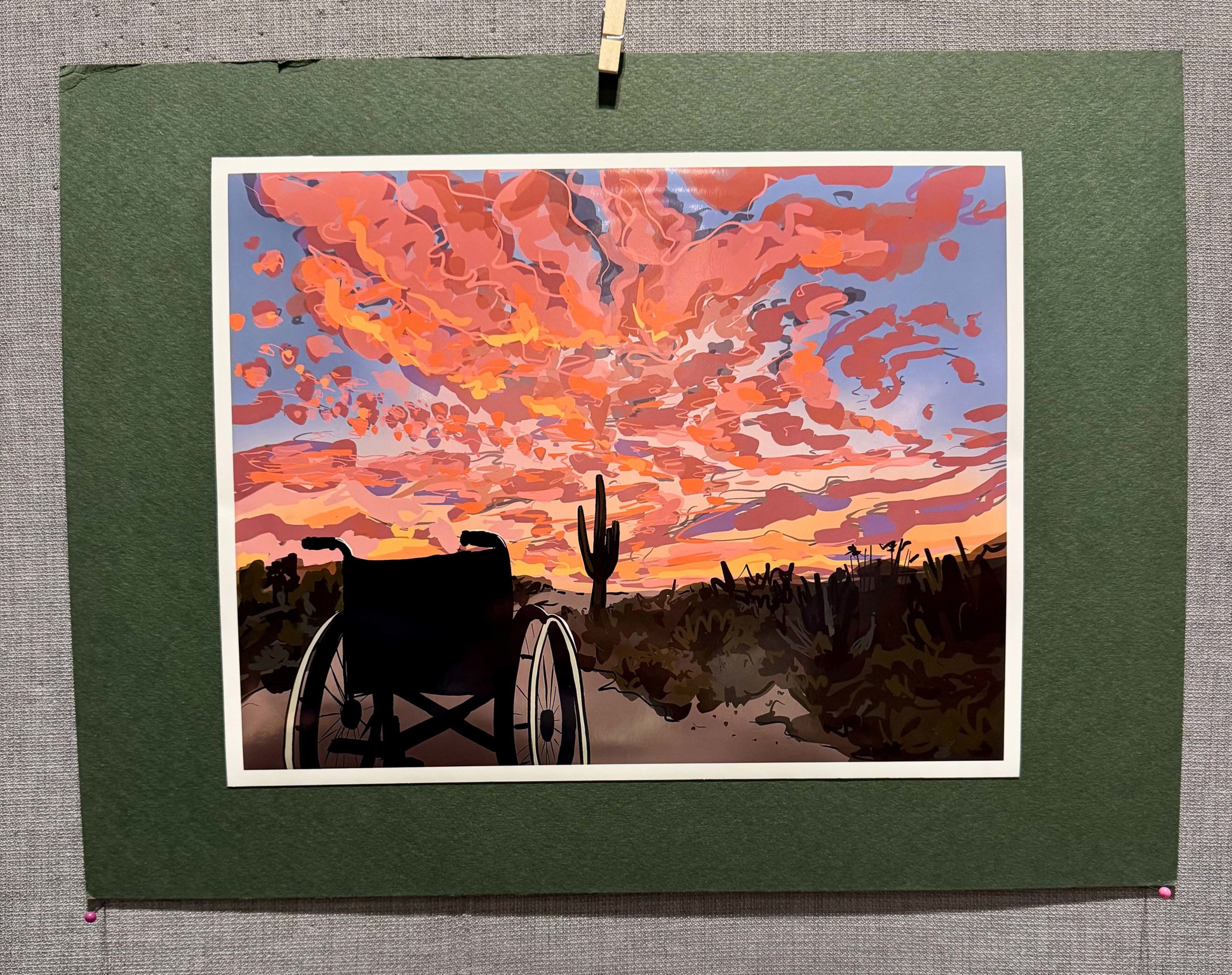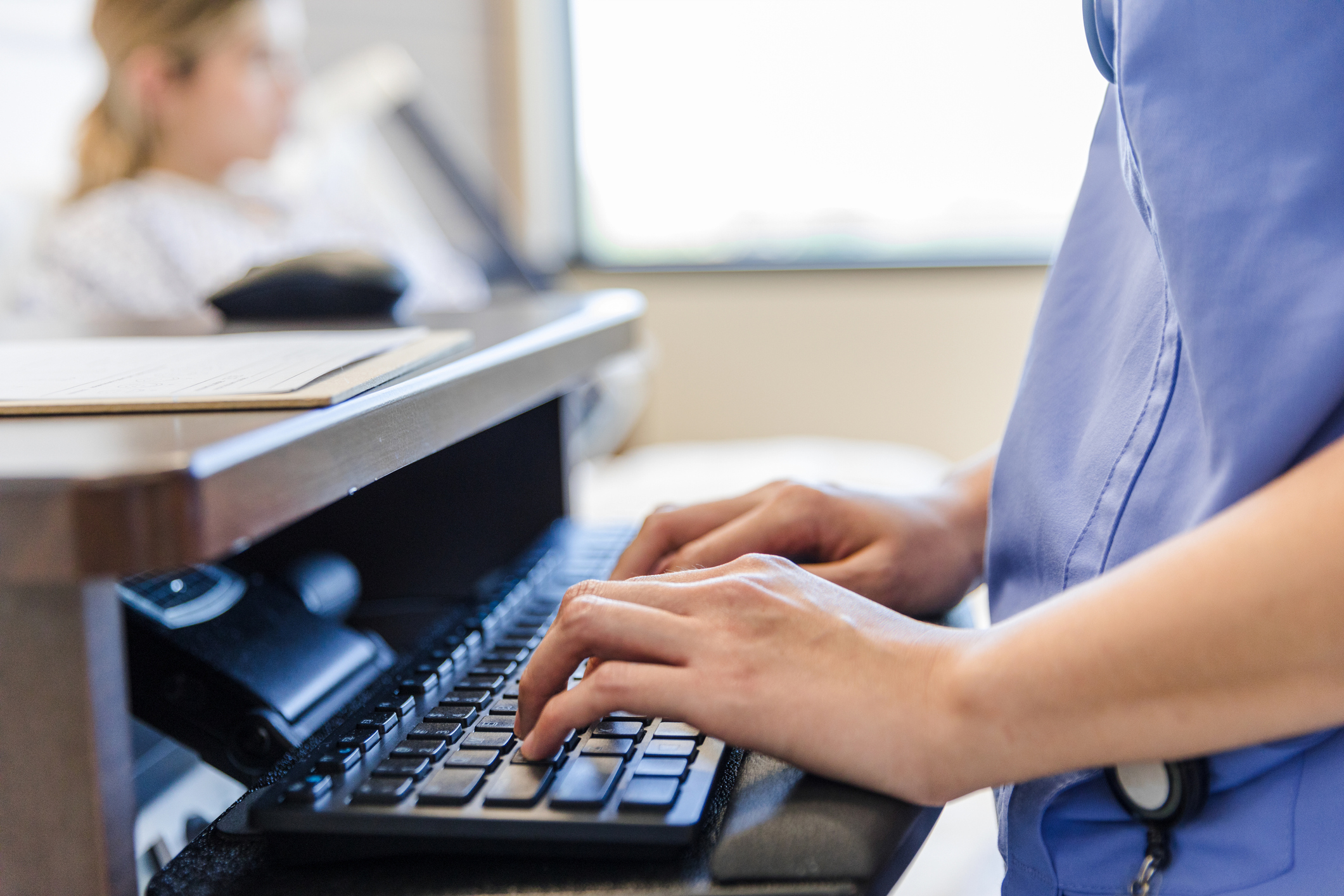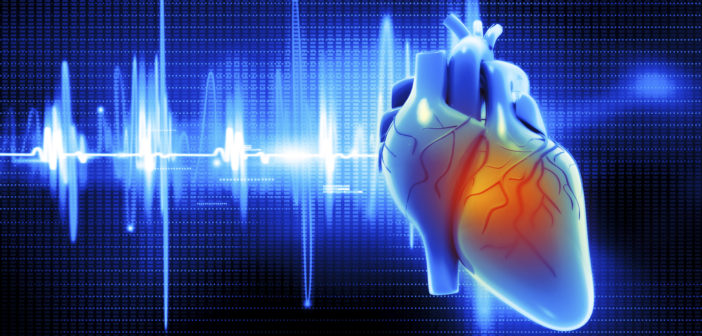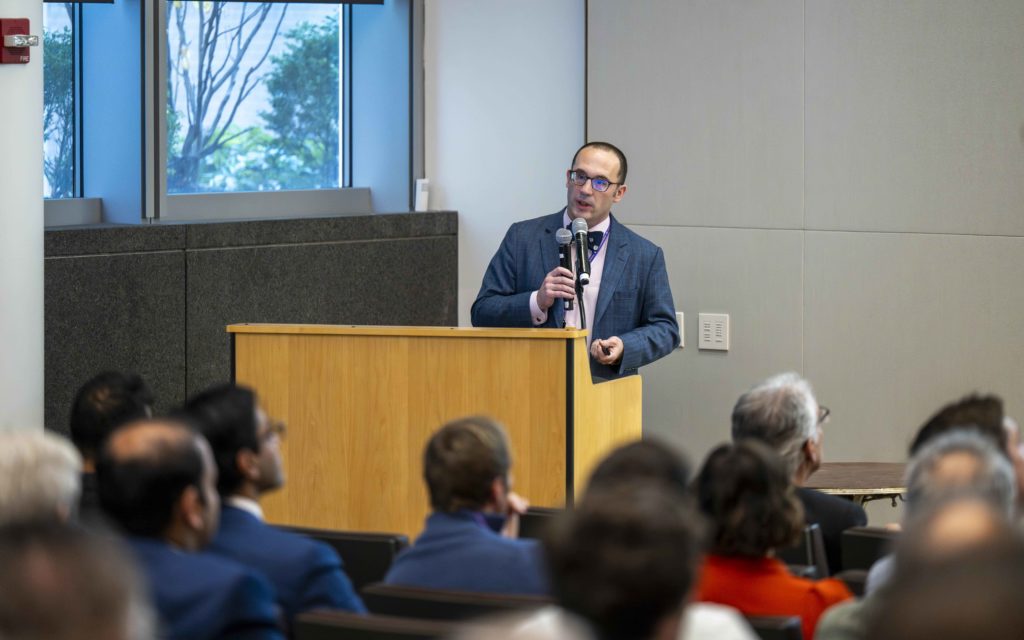
Physicians, educators and trainees from around the world convened at the inaugural Conference in Bedside Medicine, a two-day event designed to revive and celebrate the timeless yet evolving practice of bedside care.
Held by Feinberg’s Center for Bedside Medicine in association with the Royal College of Physicians of Edinburgh and the Society of Bedside Medicine, the conference brought together physicians, educators and trainees from across the country and abroad. The program offered hands-on workshops in physical examination featuring real patients, point-of-care ultrasound and the latest technology to aid in bedside encounters. Attendees also participated in sessions on trauma-informed care and teaching techniques for medical trainees.
“It’s estimated that almost half of diagnostic errors are related to a mistake in the physical exam,” said Brian Garibaldi, MD, MEHP, the Charles Horace Mayo Professor of Medicine and the inaugural director of the Center for Bedside Medicine. “The most common mistake is simply that the exam is never performed. One of the reasons for that is our over-reliance on technology.”
Throughout the day, workshops and sessions underscored a growing movement in medical education to balance technological advances with human connection.

Andrew Elder, MBChB, spoke on the importance of using clinical observations to guide diagnosis and treatment during his plenary address.
“We need to have knowledge in our doctor’s bag,” said Elder, president of the Royal College of Physicians of Edinburgh. “You can classify knowledge in different ways: explicit, which is about figures and formulas. And another kind of knowledge, tacit knowledge. Things like wisdom, experience, insight, all these things that humans are very strong at, but machines are not, and I believe never will be as strong as us.”
To keep pace with evolving science, physicians and trainees must embrace new technology while continuing to rely on their own senses and observations when examining patients, Elder said.
At another plenary session, André Mansoor, MD, assistant professor of Medicine at Oregon Health and Science University, led attendees through patient case studies to illustrate how vital bedside exam skills are for timely diagnosis.
“Physicians are like detectives gathering clues to solve a case,” said Mansoor, who founded Physical Diagnosis PDX, an online educational resource for medical students and physicians. “But for us, it’s to make a diagnosis. I define diagnostic reasoning as the acquisition and use of clues from a patient’s history, exam and other data to make a diagnosis – with a heavy emphasis on acquisition.”
By using bedside exam skills, clinicians can connect with patients and gather observations that can lead to a diagnosis, often without needing to order additional test and exams, which can delay treatment, Mansoor said.
During his plenary address, Abraham Verghese, MD, vice chair for the theory and practice of medicine at Stanford University, described the bedside clinical encounter as a sacred human ritual and implored physicians always to remember the importance of their role.
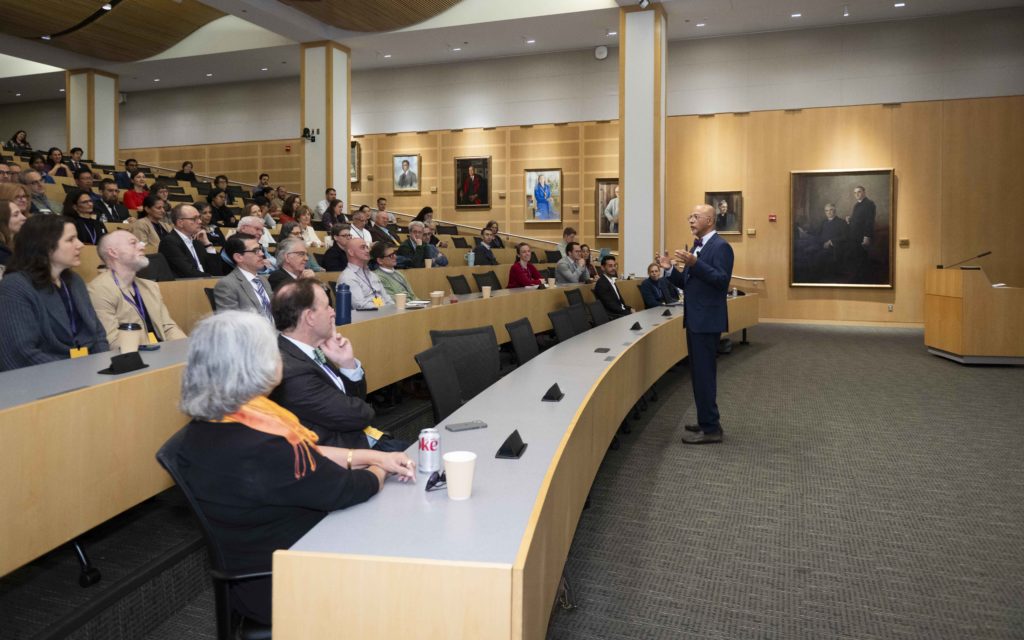
“Patients are great judges of how well you’re enacting the ritual and it hurts us, and hurts the relationship if we don’t do the ritual well and get the buy-in,” Verghese said. “Rituals are about transformation. What is the transformation here? It is trust. It is the building and cementing of a relationship.”
Elsewhere throughout the conference, attendees had opportunities to share the latest research at a poster session, visit the Chicago Museum of Contemporary Art to practice visual thinking strategies and connect over musical performances from members of the Northwestern Medical Orchestra.
“Bedside medicine skills are critical to the healing we provide as physicians,” said Marianne Green, MD, vice dean for Education and the Raymond H. Curry, MD, Professor of Medical Education. “We want to put emphasis on those foundational skills and then take it a step further, incorporating the latest innovation into that clinical skills learning process. That combination, I think, will result in patients getting better care.”

